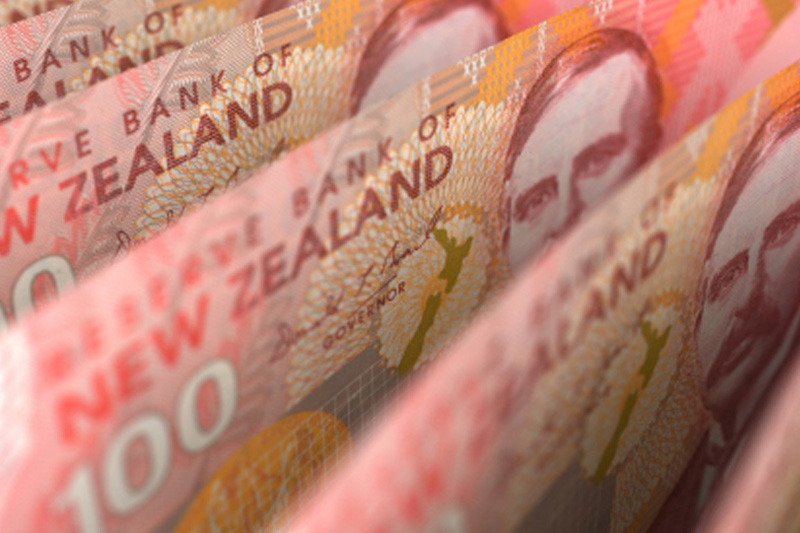By Cecile Lefort and Charlotte Greenfield
SYDNEY/WELLINGTON, March 10 (Reuters) - The New Zealand dollar fell sharply on Thursday after the central bank wrong-footed the market with an interest rate cut, while signalling more easing may lie ahead.
In contrast, its Australian counterpart hovered near eight-month highs on expectations that rates will remain steady for at least the next couple of months.
The kiwi dollar NZD=D4 dropped a cent and a half to $0.6642 after the Reserve Bank of New Zealand cut rates to a record low of 2.25 percent, citing a material decline in a range of inflation expectation measures. was found at $0.6633, with resistance at $0.6717.
The central bank also flagged the chance of at least one more rate cut to come, with interest rate futures 0#NBB: pricing in a further fall to 2 percent.
New Zealand government bonds 0#NZTSY= gained, sending yields 11 basis points lower at the long end of the curve.
Of 21 economists polled by Reuters, 17 had expected the bank to hold rates steady with only four predicting a cut.
"Clearly this is a bit of a game changer in that this cut today was not widely expected....and the Reserve Bank said as well that they would like to see the currency lower," said Kim Martin, senior market strategist at BNZ.
"So as well as the probability that they deliver at least one cut, probably they will use as much as possible any language they can to try and get the currency lower," she said.
The euro jumped 3 cents to NZ$1.6579 EURNZD=R , while the diverging interest rate policy between Australia and New Zealand sent the Aussie to a six-month peak of NZ$1.1267. EURNZD=R
Across the Tasman Sea, the Australian dollar AUD=D4 eased to $0.7465, from $0.7514 early, but well within reach of $0.7528, a level last touched in July.
The Aussie proved resilient to an overnight 5.8 percent drop in prices for iron ore .IO62-CNI=SI , Australia's top export earner.
The Aussie has gained 4.5 percent so far this month and charts point to a test of $0.7653, the 61.8 percent retracement of the May 2015-January 2016 move. Resistance was found around $0.7417.
It has found support from attractive government bond yields with 2-year debt paying around 2 percent AU2YT=RR , a mouth watering rate compared with the negative yields of Germany, France and Japan.
Australian government bond futures were mixed, with the three-year bond contract YTTc1 up 3 ticks at 98.060. The 10-year contract YTCc1 shed 1 tick to 97.4325, while the 20-year contract YXXc1 was half a tick lower at 96.9250.
The spread between 10-year and 3-year government bonds bounced to 63 basis points, from a near one-year low of 59 basis points touched on Wednesday.
